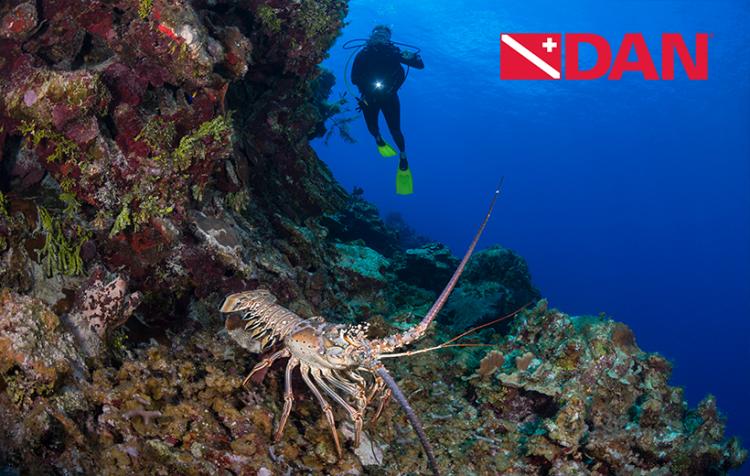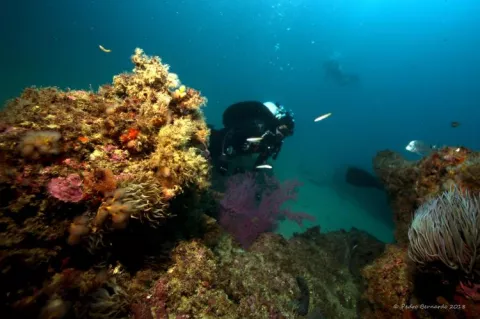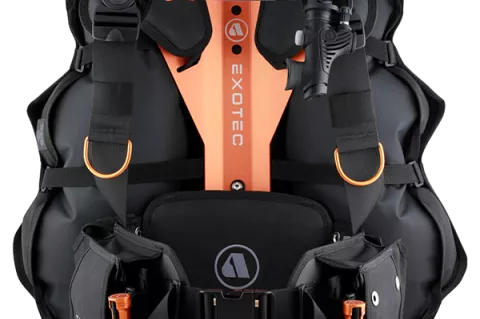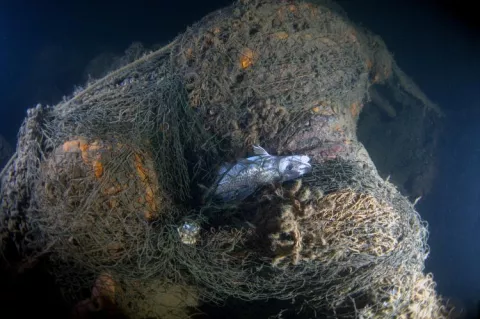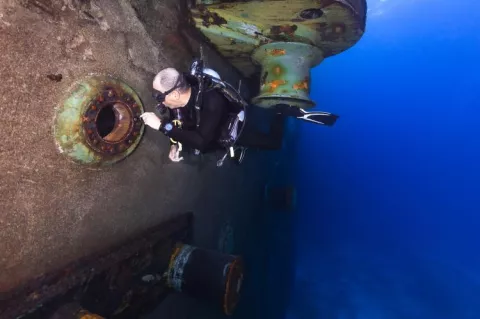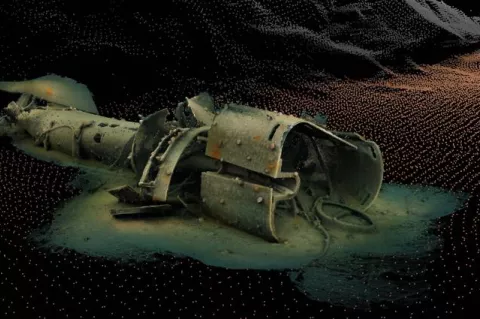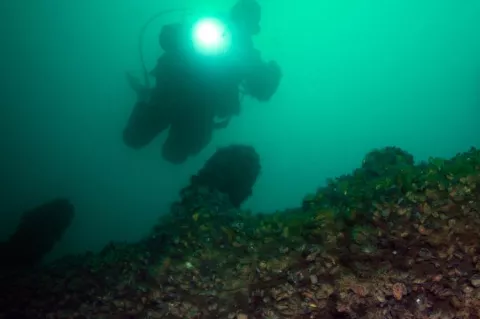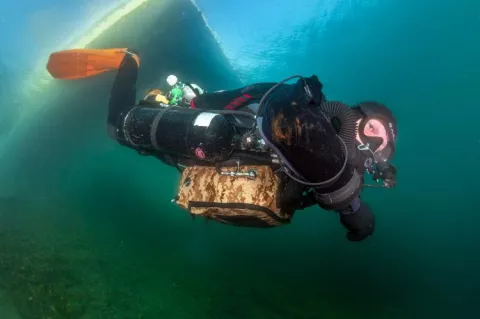Egypt relaxes photography restrictions for tourists
Egyptian nationals and foreign tourists alike have complained that authorities have requested permits for shooting in public areas, and at times seized cameras and forbidden shooting even if a permit is in place.
In a statement, Minister of Tourism and Antiquities Khaled El-Enani announced that 'photography enthusiasts', foreign residents in Egypt and tourists will be able to take pictures in public without permits and that “no one will be allowed to ask you why you are filming in public”




